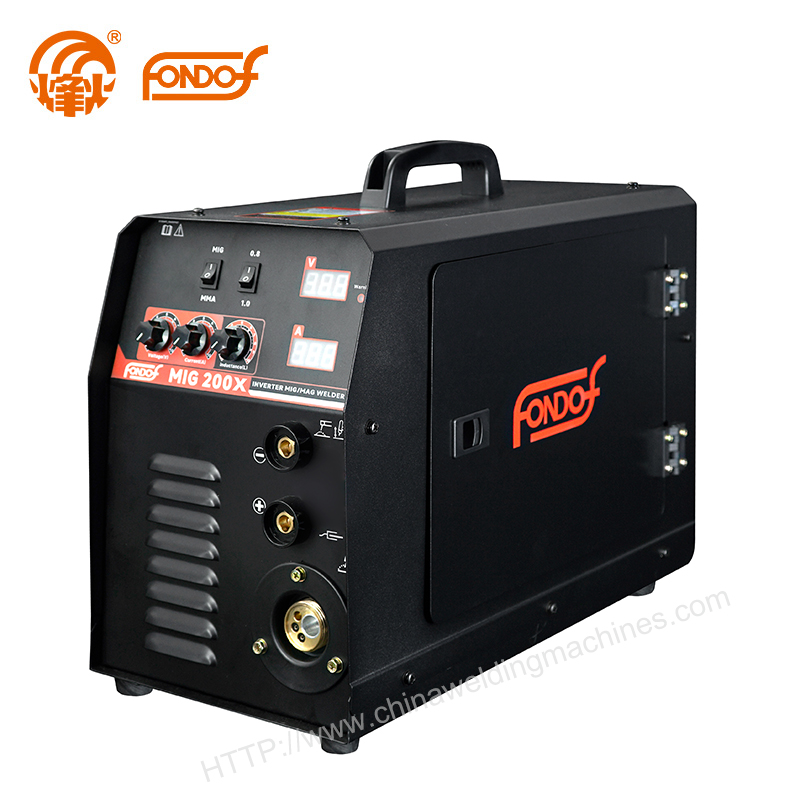Jan. 04, 2024
Machinery
Metal Active Gas (MAG) welding and Metal Manual Arc (MMA) welding are two widely used welding processes, each with its unique characteristics and applications. Understanding the differences between MAG and MMA welding machine is crucial for selecting the right equipment for specific welding tasks.
Metal Active Gas (MAG) welding, also known as Gas Metal Arc Welding (GMAW), employs a continuous solid wire electrode and a shielding gas. MAG welding machines are equipped with a wire feeder that continuously feeds the welding wire to the welding torch. The shielding gas, typically a mixture of argon and carbon dioxide, protects the weld pool from atmospheric contamination. MAG welding is known for its efficiency, high welding speeds, and suitability for automated processes.

Metal Manual Arc (MMA) welding, commonly known as Shielded Metal Arc Welding (SMAW) or stick welding, utilizes a coated electrode. MMA welding machines are designed to work with consumable coated electrodes that provide both the filler material and the shielding gas. The welding operator manually controls the electrode, creating an arc between the electrode and the workpiece. MMA welding is versatile and can be used in various positions, making it suitable for both indoor and outdoor applications.
One significant difference between MAG and MMA welding machines is the power source. MAG welding machines are typically designed as constant voltage (CV) power sources, ensuring a stable voltage output. On the other hand, MMA welding machines are often constant current (CC) power sources, providing a stable current output. This distinction is essential for achieving the desired weld characteristics in each process.
Another key difference lies in the electrode type used by each welding process. MAG welding machines utilize a continuous solid wire electrode, which allows for high-speed and automated welding. In contrast, MMA welding machines use coated electrodes, providing versatility but requiring manual control. The choice of electrode type affects the deposition rate, penetration, and overall weld quality.
The applications of MAG and MMA welding machines differ based on their characteristics. MAG welding is commonly used in industries such as automotive, manufacturing, and construction, where high efficiency and automation are crucial. MMA welding, with its versatility and suitability for various materials and positions, is often preferred for maintenance, repair, and smaller-scale projects.
Each welding process has its own set of advantages and disadvantages. MAG welding offers high deposition rates, efficiency, and automation capabilities but may require a clean work environment. MMA welding, while versatile and suitable for challenging conditions, may be slower and requires more skill from the operator.
In conclusion, understanding the differences between MAG and MMA welding machines is essential for choosing the right equipment for specific welding tasks. Both processes have their unique characteristics, applications, and considerations, making them valuable tools in various industries. Selecting the appropriate welding machine depends on factors such as the welding environment, materials, and desired efficiency.
Previous: What is the working principle of Valve grinding machine?
Next: Benefits of Induction Hardening Excavator Cylinder Pins
If you are interested in sending in a Guest Blogger Submission,welcome to write for us!
All Comments ( 0 )